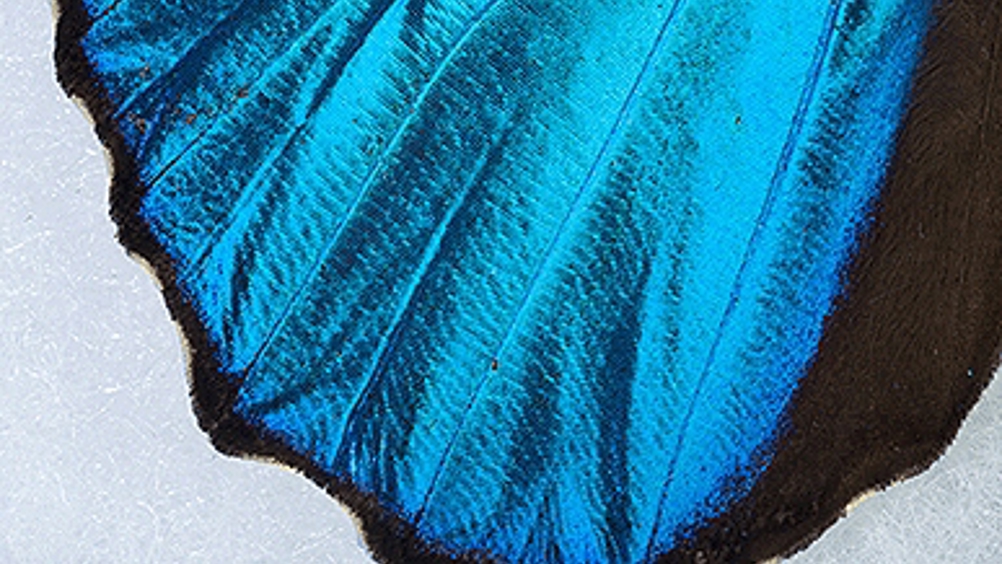Microscopic textures found in nature could benefit industry
The microscopic texture of butterfly wings and rice leaves could improve a variety of products, claim researchers in Ohio.

The researchers from Ohio State University were reportedly able to clean up to 85 per cent of dust from a coated plastic surface that mimicked the texture of a butterfly wing, compared with 70 per cent from a flat surface.
In a recent issue of the journal Soft Matter, the Ohio State University engineers report that the textures enhance fluid flow and prevent surfaces from getting dirty — characteristics that could be mimicked in surfaces for aircraft and watercraft, pipelines and medical equipment.
‘Nature has evolved many surfaces that are self-cleaning or reduce drag,’ said Bharat Bhushan, Ohio eminent scholar and Howard D Winbigler professor of mechanical engineering at Ohio State. ‘Reduced drag is desirable for industry, whether you’re trying to move a few drops of blood through a nano-channel or millions of gallons of crude oil through a pipeline. And self-cleaning surfaces would be useful for medical equipment — catheters or anything that might harbour bacteria.’
Register now to continue reading
Thanks for visiting The Engineer. You’ve now reached your monthly limit of news stories. Register for free to unlock unlimited access to all of our news coverage, as well as premium content including opinion, in-depth features and special reports.
Benefits of registering
-
In-depth insights and coverage of key emerging trends
-
Unrestricted access to special reports throughout the year
-
Daily technology news delivered straight to your inbox










UK Enters ‘Golden Age of Nuclear’
The delay (nearly 8 years) in getting approval for the Rolls-Royce SMR is most worrying. Signifies a torpid and expensive system that is quite onerous...